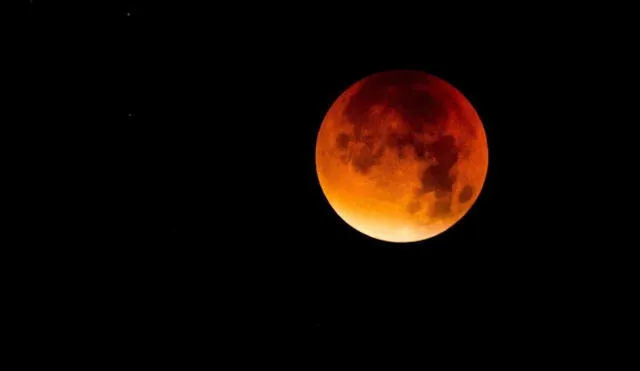Blood Moon 2025: When, where and how to watch the total lunar eclipse
Skywatchers are in for another celestial event as a total lunar eclipse will grace the night sky next week: the lunar eclipse puts on quite a show.

Mark your calendars for March 13-14, as a breathtaking total lunar eclipse, also known as a Blood Moon, will grace the night sky. This rare celestial event will be visible across much of North America, offering sky watchers a chance to witness the Moon turn a striking reddish hue. Whether you’re an avid astronomer or a casual stargazer, this is an event you won’t want to miss.
A total lunar eclipse occurs when the Earth aligns perfectly between the Sun and the Moon, casting a shadow that turns the Moon a deep red. This phenomenon, often called a Blood Moon, is a stunning reminder of the wonders of our solar system. Here’s everything you need to know to make the most of this astronomical spectacle.
When and where to watch the Blood Moon
The total lunar eclipse on March 13, 2025, will unfold over several hours, with the most dramatic phase—the totality—lasting approximately 1 hour and 25 minutes. Here are the key timings (in UTC):
- Partial Eclipse begins: 03:10 UTC
- Total Eclipse begins: 04:16 UTC
- Maximum Eclipse: 04:58 UTC
- Total Eclipse ends: 05:41 UTC
- Partial Eclipse ends: 06:48 UTC
For those in America, the eclipse will be visible in the early morning hours. Check your local time zone for precise viewing times.
How to watch the Blood Moon
- Find a clear view: Head to a location with minimal light pollution and an unobstructed view of the sky.
- No special equipment needed: Unlike solar eclipses, lunar eclipses are safe to view with the naked eye. Binoculars or a telescope can enhance the experience.
- Dress warmly: March nights can be chilly, so bundle up if you’re planning to watch outdoors.
- Capture the moment: Use a tripod and a camera with manual settings to photograph the Blood Moon.
The March 13, 2025, total lunar eclipse is particularly noteworthy because it’s the first of two lunar eclipses occurring this year. It’s also a chance to witness the Moon’s transformation into a glowing red orb.
So, set your alarms, grab your gear, and prepare to be awed by the beauty of the cosmos. This is one celestial event you’ll want to experience firsthand.












